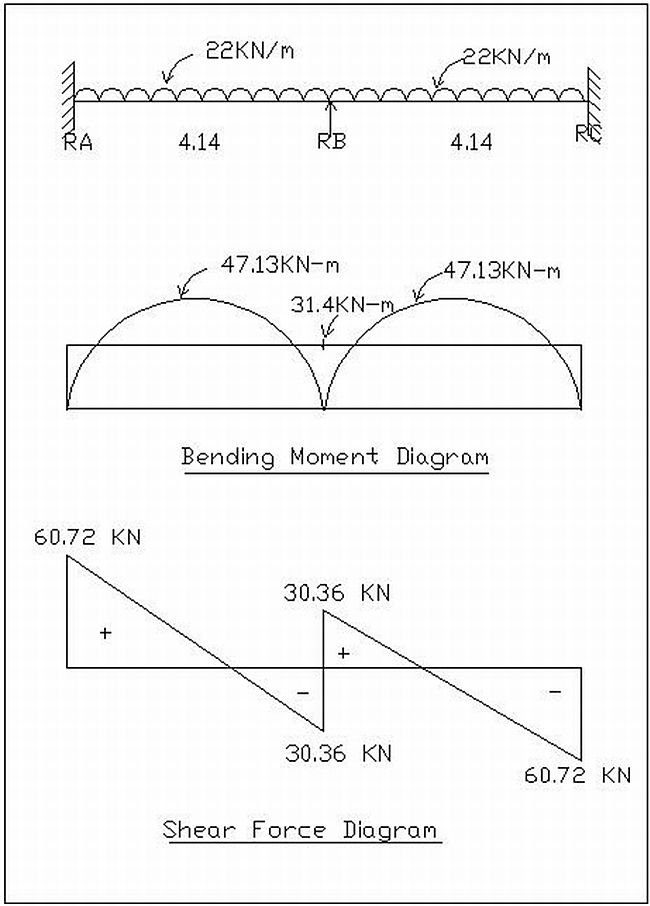How to design a retaining wall? | RCC Design
Main parts of Retaining Wall
The stem and base are the main parts of a cantilever type of retaining wall. The toe is the front portion and heel is the back portion. The stem is supported at the base and the wall tapers towards the top.
Wall Dimensions
Generally the height of the wall known and approximate dimensions are required to be assumed.
The length of the base is between 0.4 to 0.7 times the height of the wall. Toe to base ratio is 1:4. The thickness of the base slab shall be assumed to be little more than the thickness of the stem at the bottom. The minimum thickness of the stem shall be 200mm for construction purposes.
Earth pressure on wall
A length of one metre of the wall is considered for design.
Earth levelled up to the top of wall:
From Rankine’s theory of earth pressure
where,
P = total pressure on wall acting at H/3 from the base
H = total height in metres
W = weight or density of earth in kN/m3
Φ = angle of repose of earth
Stability of retaining wall
The assumed trial section of the wall shall be checked for stability. Stability check is required for (i) overturning and (ii) sliding. In both the cases the factor of safety shall not be less than 1.5.
1. Factor of safety for overturning
(Moment due to load of wall)/(Moment due to force P) ≥ 1.5
2. Factor of safety for sliding
(Total load of wall x μ)/Force P ≥ 1.5

